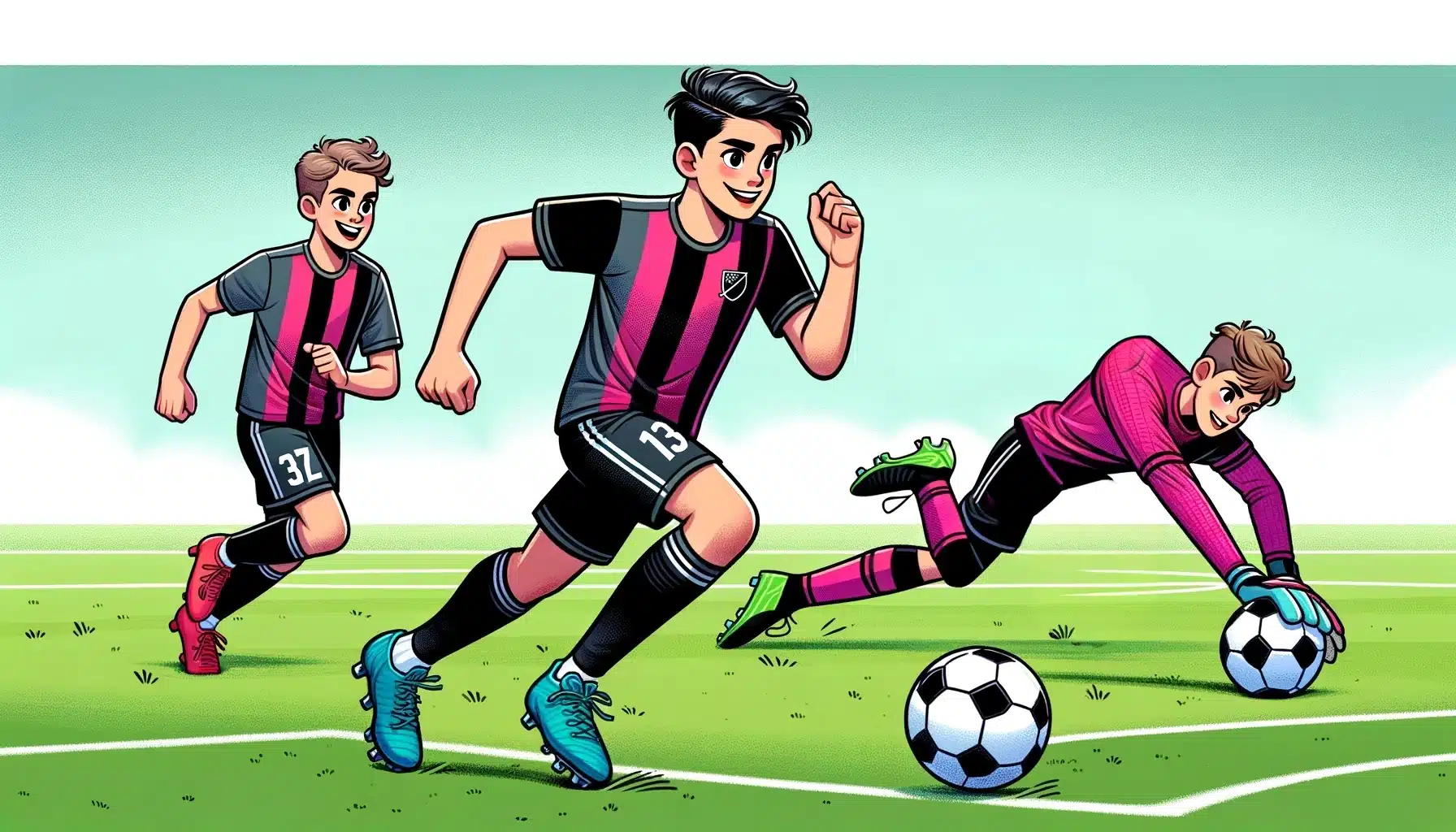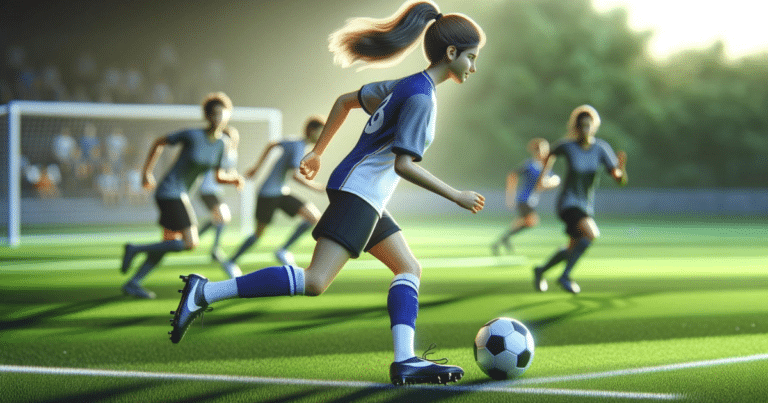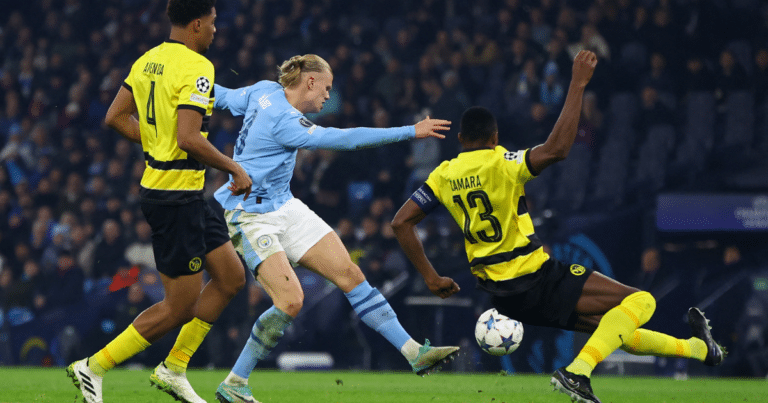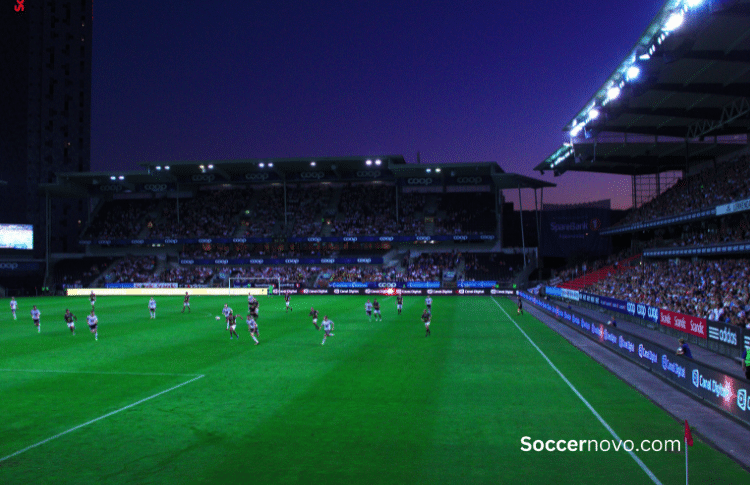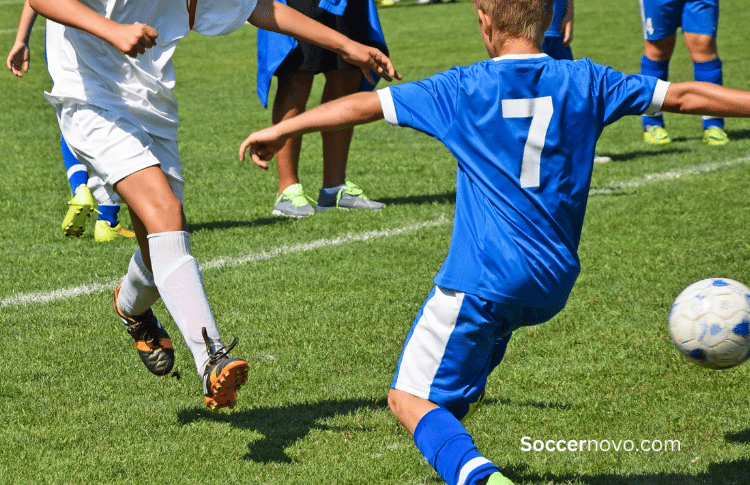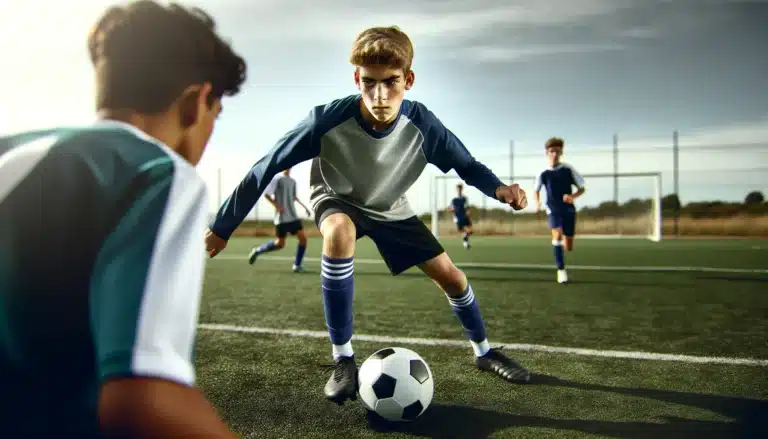Inverted Winger in Soccer: Wingers in the Modern Era
The inverted winger position in soccer allows a player to play on the opposite side of their dominant foot.
For example, a lefty player will line up on the right side of the field so they can cut in and shoot with their stronger foot.
The team will have more of a threat on the sidelines to make attacking plays in the final third.
Key Takeaways From This Article:
- The inverted winger position makes sense for modern day soccer with wingers being able to cut in with their strong foot.
- An elite inverted winger can score from the flank but also create more scoring opportunities for their teammates.
- Instead of playing up and down the field, an inverted winger will play up, down, and in the middle at times.
My son found success as an inverted winger this season. His regular position has been an attacking midfielder and traditional winger but his coach tried him on the right side (as a lefty). He was able to naturally cut into the center and score six goals during the spring season.
This dynamic type of player has become increasingly important in modern soccer, where teams are looking to create scoring opportunities in any way possible.
What is the Inverted Winger’s Role?
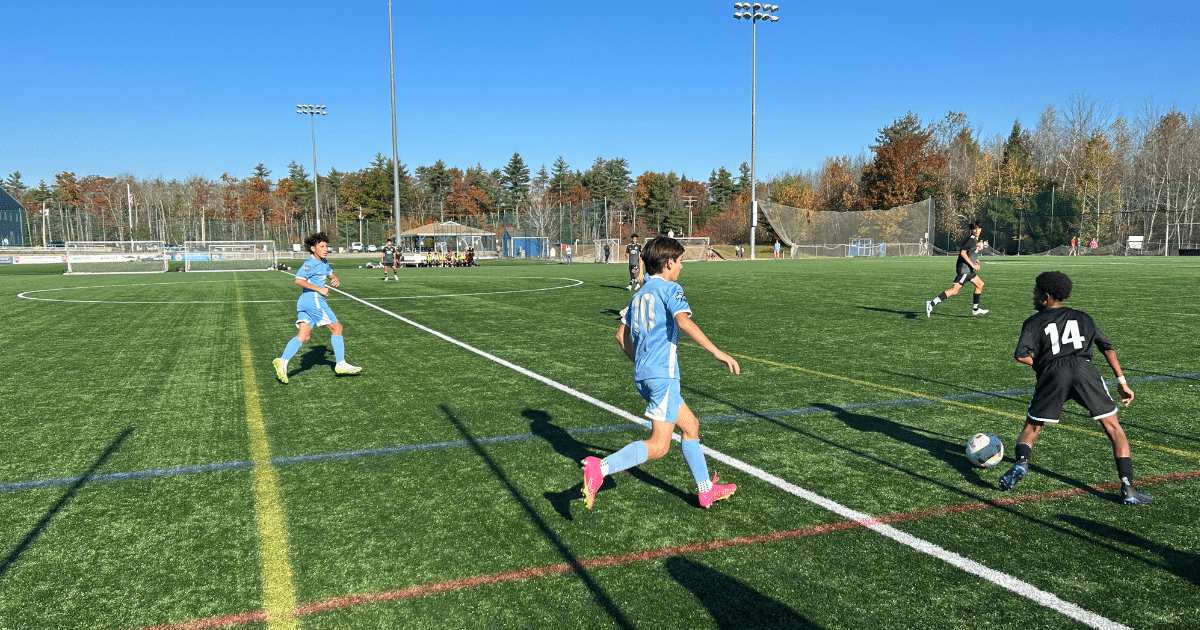
They are primarily responsible for attacking from wide areas, but they do so in a unique way that sets them apart from their traditional counterparts.
Instead of hugging the touchline and crossing the ball into the penalty area, inverted wingers cut inside towards the center of the field, creating space for themselves and their teammates.
Not anyone is suited to become an effective inverted winger. These players are often skilled dribblers and demonstrate elite-level technique when it comes to cutting inside with the ball and finding open gaps.
Inverted Wingers vs Traditional Wingers
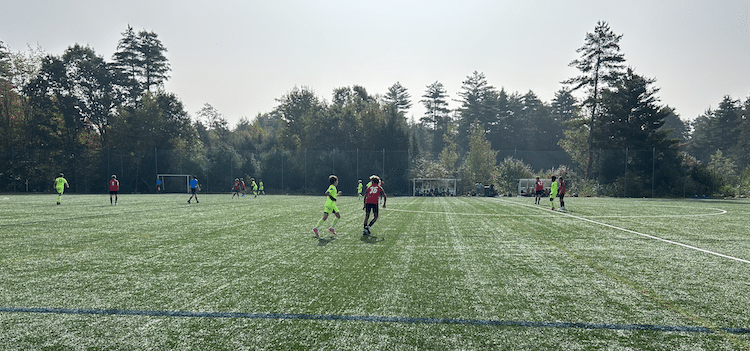
When it comes to playing as a winger in soccer, there are two main types of players: traditional wingers and inverted wingers.
While both have their strengths and weaknesses, there are some key differences between the two that are worth noting.
- Traditional wingers are typically right-footed players who play on the right side of the flank, or left-footed players who play on the left. Their primary role is to stay wide and deliver crosses into the box for the strikers to finish. They are often known for their speed and dribbling ability, as they need to beat their defender and get to the final third to deliver a good cross.
- Inverted wingers are players who play on the opposite side of their stronger foot. Their role is to create scoring opportunities for themselves or other teammates. They are often more creative and skillful than traditional wingers, as they need to be able to beat defenders in tight spaces and create chances from almost nothing.
While traditional wingers are still a valuable asset to any team, inverted wingers have become increasingly popular in recent years.
This is because they offer a different dimension to the attack, and can often catch defenders off guard with their movement and unpredictability.
Drills To Improve as an Inverted Winger
As an inverted winger, it’s important to focus on certain aspects of your game especially as you progress technically. Here is a great video to do so…
Famous Inverted Wingers
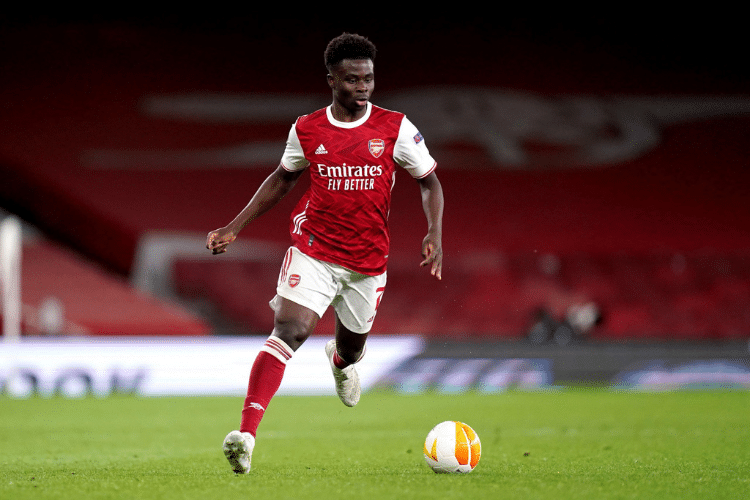
Bukayo Saka
Bukayo Saka currently plays for Arsenal in the English Premier League. This lefty is a dynamic player who is the perfect fit as an inverted winger.
Still only in his early 20s, Saka has represented his country England, and continues to be a significant part of their senior team.
Saka is known for his pace, dribbling skills, and versatility, and he has been praised for his mature performances at crucial times.
Check out Saka’s heatmap and notice that in the final third, much of his movement is in the left/central part of the field.
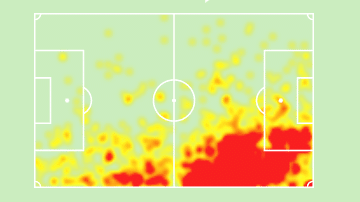
Arjen Robben
Arjen Robben is considered to be one of the greatest inverted wingers of all time. He played for top clubs such as Chelsea, Real Madrid, and Bayern Munich.
Robben was known for his explosive pace, dribbling ability, and his trademark move of cutting inside from the right wing onto his left foot to take a shot on goal.
He was a key player for the Dutch national team and helped them reach the World Cup final in 2010.
Lionel Messi
The Goat. Although Lionel Messi is primarily known for playing as a false nine or as a central attacking midfielder, he has also played as an inverted winger on occasion.
Messi’s ability to cut inside from the right wing onto his left foot and take a shot on goal is similar to Robben’s style of play.
Messi has won numerous individual awards and has helped Barcelona win multiple La Liga and Champions League titles.
Other notable inverted wingers include Neymar Jr., Phil Foden, and Christopher Nkunku.
Final Thoughts
Having a player who can beat the defense in the final third and play the ball with their dominant foot only makes sense. This can be a valuable asset to a team.
It’s great to see so many youth coaches and teams adopting this style of play.
Teams that use inverted wingers often pair them with overlapping fullbacks on the outside to add extra width to their attacks. This combination can wreak havoc for opposing defenders who are forced to deal with a variety of attacking threats.
As an inverted winger, it is easy to focus on your dominant foot. But, as a youth soccer player, you should continue to work on making your less dominant leg stronger.
Players who can play on both sides of the field as a forward will create more opportunities for themselves in future years.
Continue reading about the different soccer positions and learn about which one would be effective for your style of play.
Frequently Asked Questions
An inverted winger is when a player is positioned on the opposite side of the field from the dominant foot. For example, a lefty would play on the right side. Whereas, a traditional winger would play on the left side.
Yes, we would consider Neymar an inverted winger. Although he plays many attacking positions, he sometimes lines up on the left flank.
Yes, Messi is considered an inverted winger. He lines up on the right side as a lefty. He is also a False 9 and Central Attacking Midfielder.

